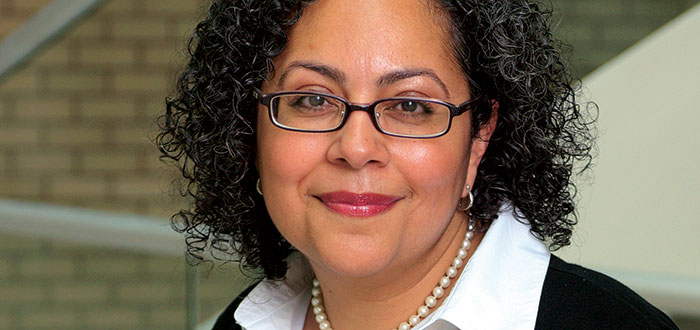Tanya Hernández wrote an op-ed for the Huffington Post about interracial marriage and Latino/a identity.
Yesterday the Pew Research Center released a report announcing the dramatic increase of intermarriage in the United States (http://www.pewsocialtrends.org/2017/05/18/intermarriage-in-the-u-s-50-years-after-loving-v-virginia/). Looking at data since the United States Supreme Court struck down interracial marriage bans with its 1967 Loving v. Virginia decision, Pew discovered that since 1967 intermarriage amongst newlyweds has increased fivefold from 3% to 17%. Examined in isolation the data point that one in six U.S. newlyweds are now married to someone of a different race, appears quite astounding. However the role of Latino/a racial identity is a missing piece of the picture that serves to question the real rate of intermarriage.
The largest driving factor in the apparent increase in U.S. intermarriage rates is the pattern of intermarriage between Latinos/as and White Anglos. Pew reports that the largest amount of intermarriage between opposite sex couples is that between what it terms “Whites and Hispanics.” The White/Hispanic combination represents 42% of intermarriage, while in comparison the White/Asian combination represents only 15%, the White/Black combination 11% , the Hispanic/Black combination 5%, and the Hispanic/Asian combination 3%. Notably, the Pew report neglects to discuss the role of “Hispanic” racial appearance and identity.
For a number of Latinos/as, our African and indigenous ancestry is more prominent than it is for Latinos/as whose European ancestry is more pronounced. In fact, Latin America and the Caribbean have long histories of subordinating those of African and indigenous ancestry (see “Racial Subordination in Latin America” by Tanya Katerí Hernández https://www.amazon.com/Racial-Subordination-Latin-America-Customary/dp/1107695430/ref=mt_paperback?_encoding=UTF8&me). Moreover, research shows that darker-skinned Latinos/as are perceived with less favor than their lighter-skinned group members in the United States (http://mumford.albany.edu/census/BlackLatinoReport/BlackLatinoReport.pdf).

